30.000
daily passengers
Gruppo SAVE’s commitment to sustainability and achieving the “zero emissions” goal by 2030 is the starting point and basis for the Envac system installed at Venice Marco Polo Airport.
To find the most innovative and efficient technological solution for its airport and always seek continuous improvement in terms of operation and sustainability, Gruppo SAVE’s technical department contacted Envac and visited some of the most relevant company facilities.
Following these meetings and technical and feasibility studies, the airport launched the pneumatic system.
This makes Marco Polo the second airport in Europe, after Oslo-Gardemoen, and the first with more than 10 million passengers, to be equipped with a state-of-the-art pneumatic waste collection system serving the terminal’s food court and other tenants.
The system will gradually be installed throughout the terminal.
daily passengers
waste fractions
dry and wet waste, glass, plastic and tins
waste disposal points
2 outdoor, 1 indoor with 3 bins each
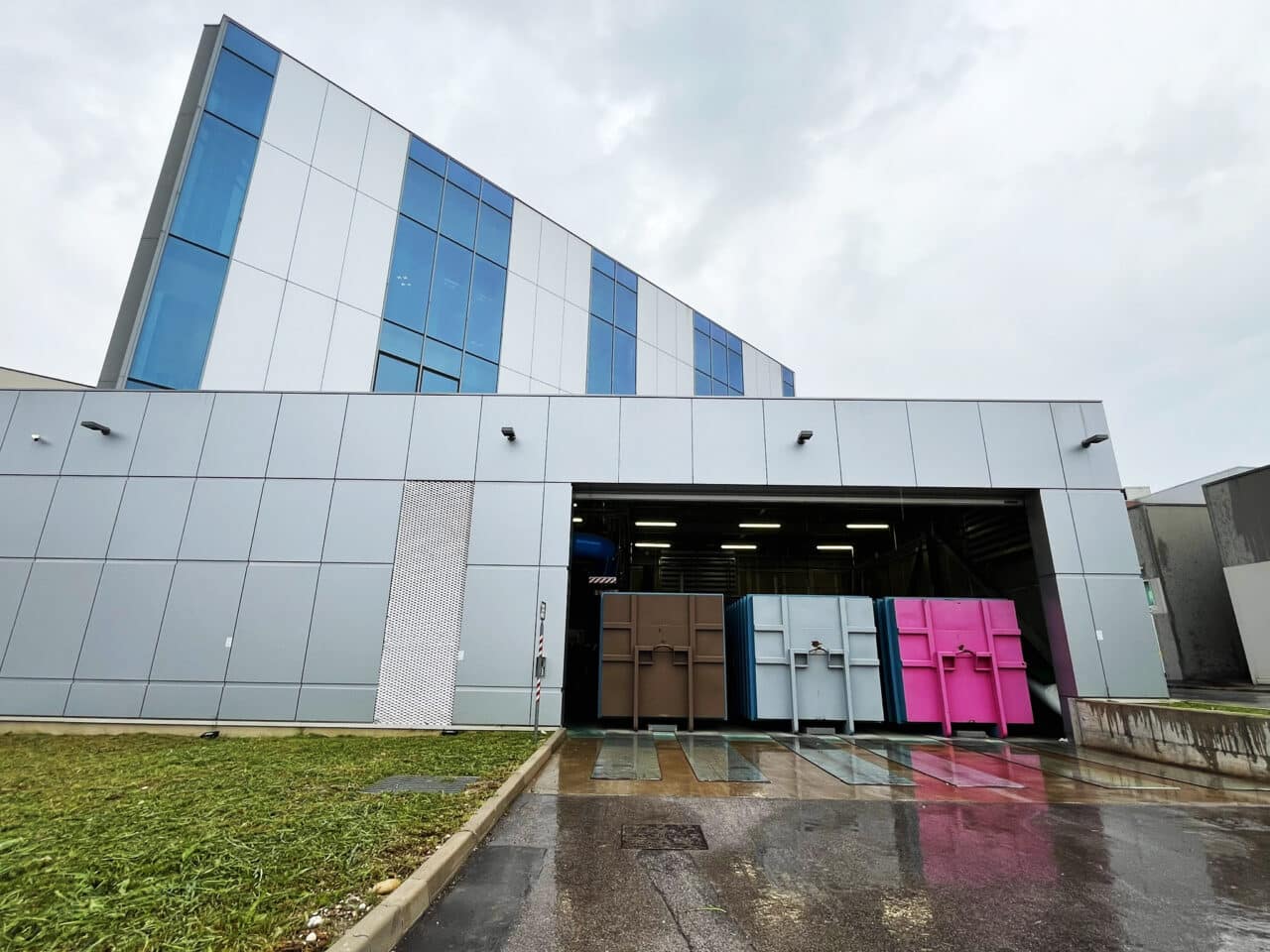
As the number of travellers, goods and services at airports increases, efficient waste management becomes essential for logistical, environmental and safety reasons.
Traditional waste management often creates more problems when it comes to adapting to the volume and complexity of waste at airports and often relies on manual collection. This can lead to inefficiencies and higher operating costs, generate regulatory fines and damage the airport’s reputation.
The implementation of the pneumatic waste collection system at Venice Airport responds to these significant challenges, while also seeking to promote long-term efficiency and sustainability. The positive experience and the goal of achieving “zero waste” have led SAVE to include PWCS (pneumatic waste collection) in its Masterplan for 2037.
This Masterplan includes expanding the pneumatic system to all major airport buildings with 6.5 kilometres of pipes.
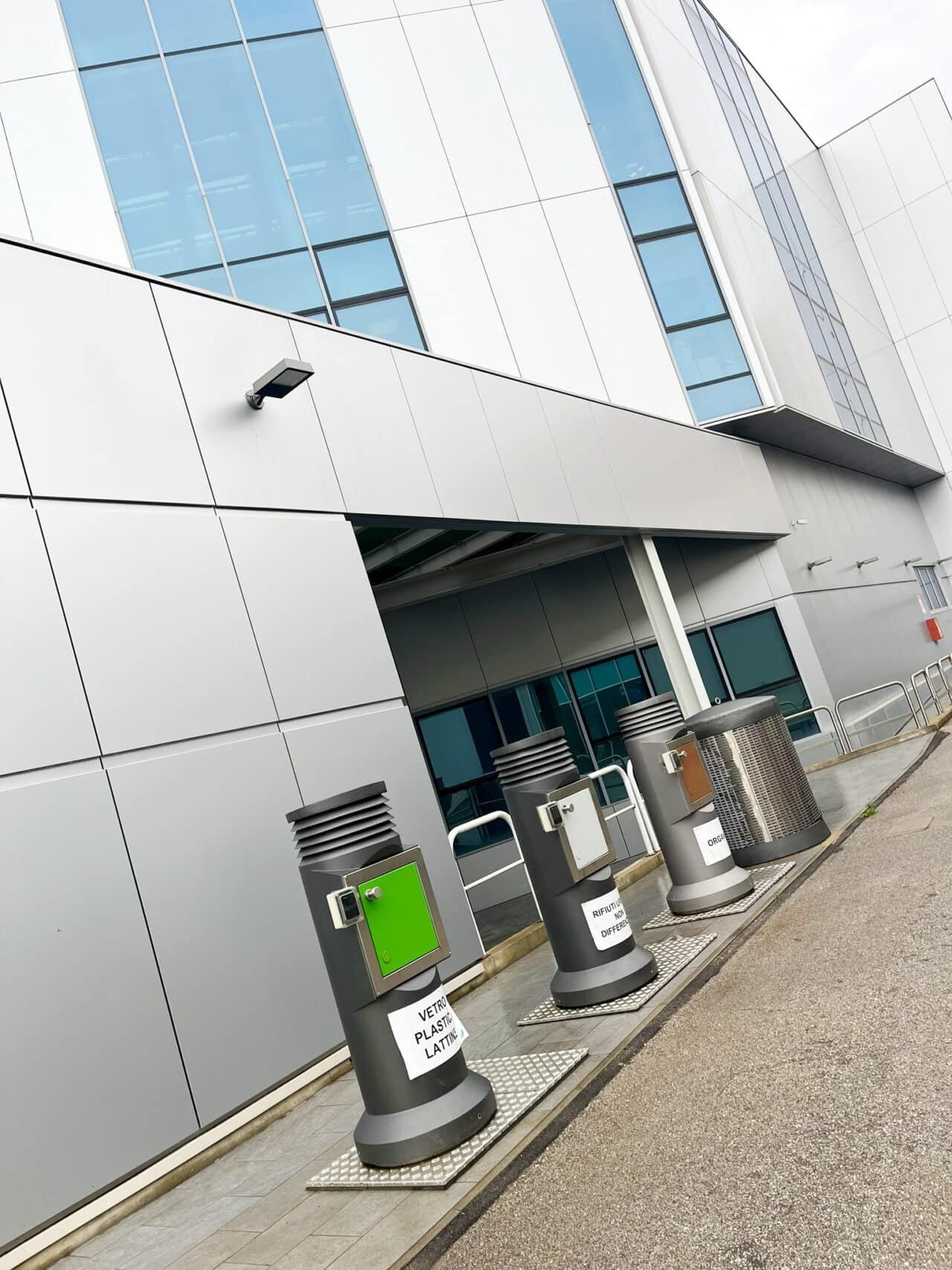
The pneumatic system developed by Envac consists of an initial network of more than 500 metres of underground pipes through which waste is transported from the production sites, distributed inside the terminal, to the collection station installed on the ground floor.
Once in the collection station and thanks to an automated system, the waste (already separated) is stored in three hermetically sealed containers, one for each different fraction: dry waste, glass, plastic and cans, and wet waste (paper is treated using a different, specific procedure). From here, the waste is collected periodically by VERITAS, the public company responsible for waste collection in Venice and the surrounding area, for transport to recovery and treatment centres.
Combining the group’s technological know-how, global experience, and knowledge of local market needs, a 100% adapted and customised system has been designed and developed. It consists of a single waste collection station and three waste disposal points. The two external ones are strategically positioned in the outdoor area and feature three inlets each.
The indoor disposal point serves four floors of the airport. Each of these inlet points collects three types of waste and currently manages around 4 tonnes of waste per month (data as of July 2025).
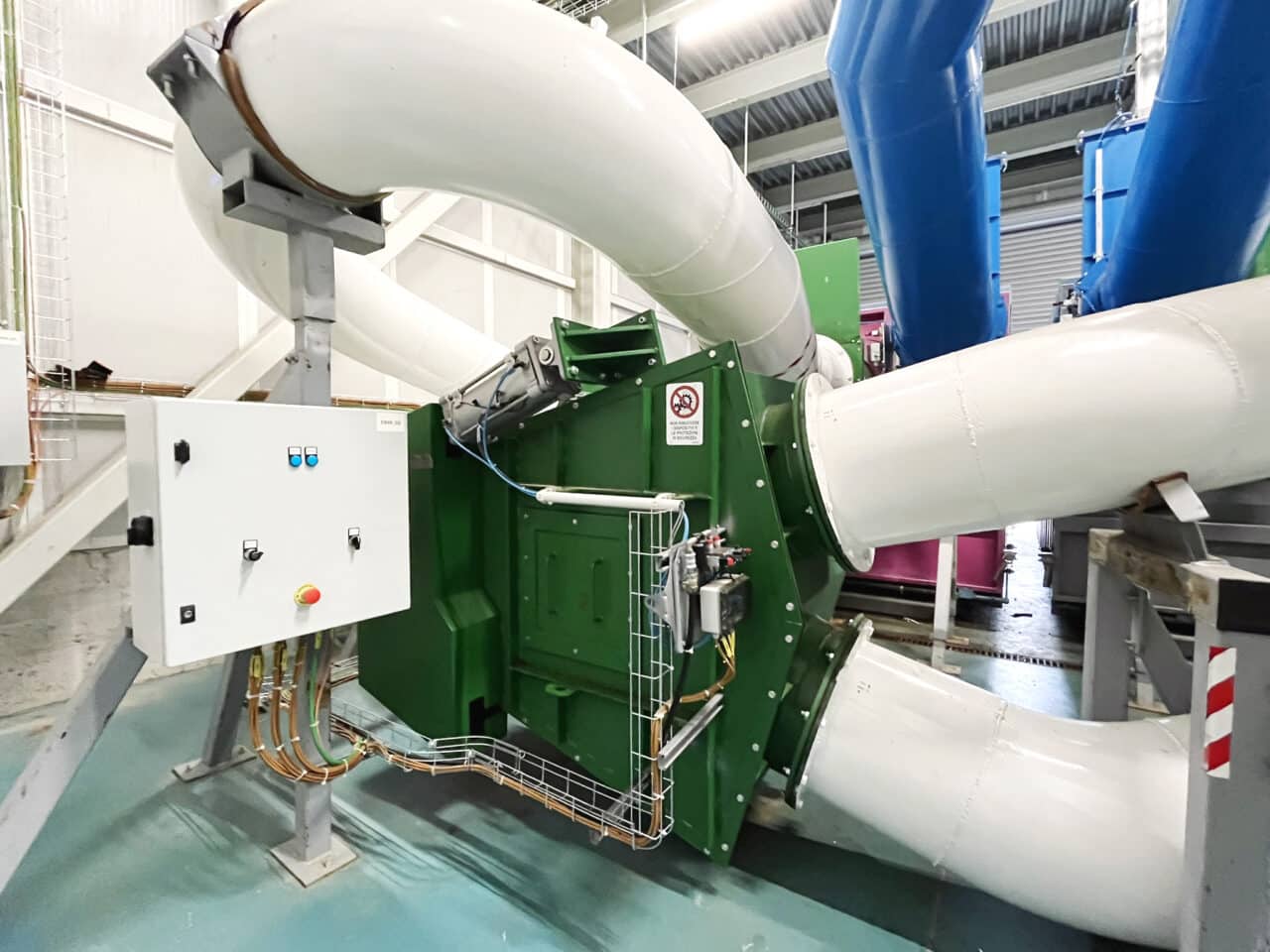
The system operates 24 hours a day, 7 days a week, and offers many advantages in terms of sustainability:
“SAVE Group’s sustainability strategy is based on clear principles: waste reduction, resource enhancement and technological innovation. In this context, the system built by Envac represents a turning point: an automated and intelligent waste management solution that is perfectly aligned with our Zero Waste vision. Thanks to Envac, we have integrated the circular economy into the airport processes, improving efficiency and traceability. It is a concrete example of how technology can facilitate the ecological transition in big infrastructural hubs.”
Davide Bassano
SAVE Group’s Sustainability Director
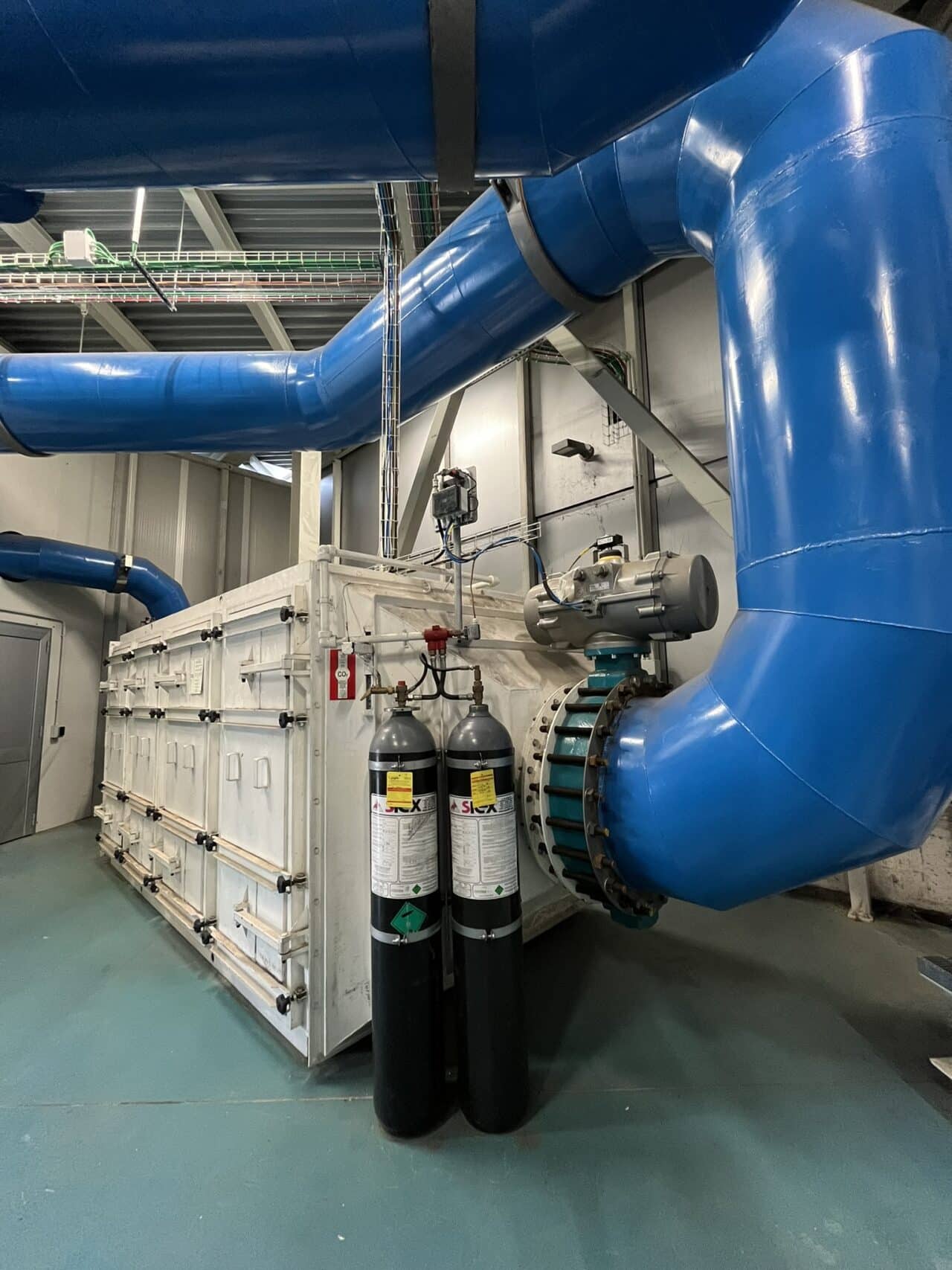
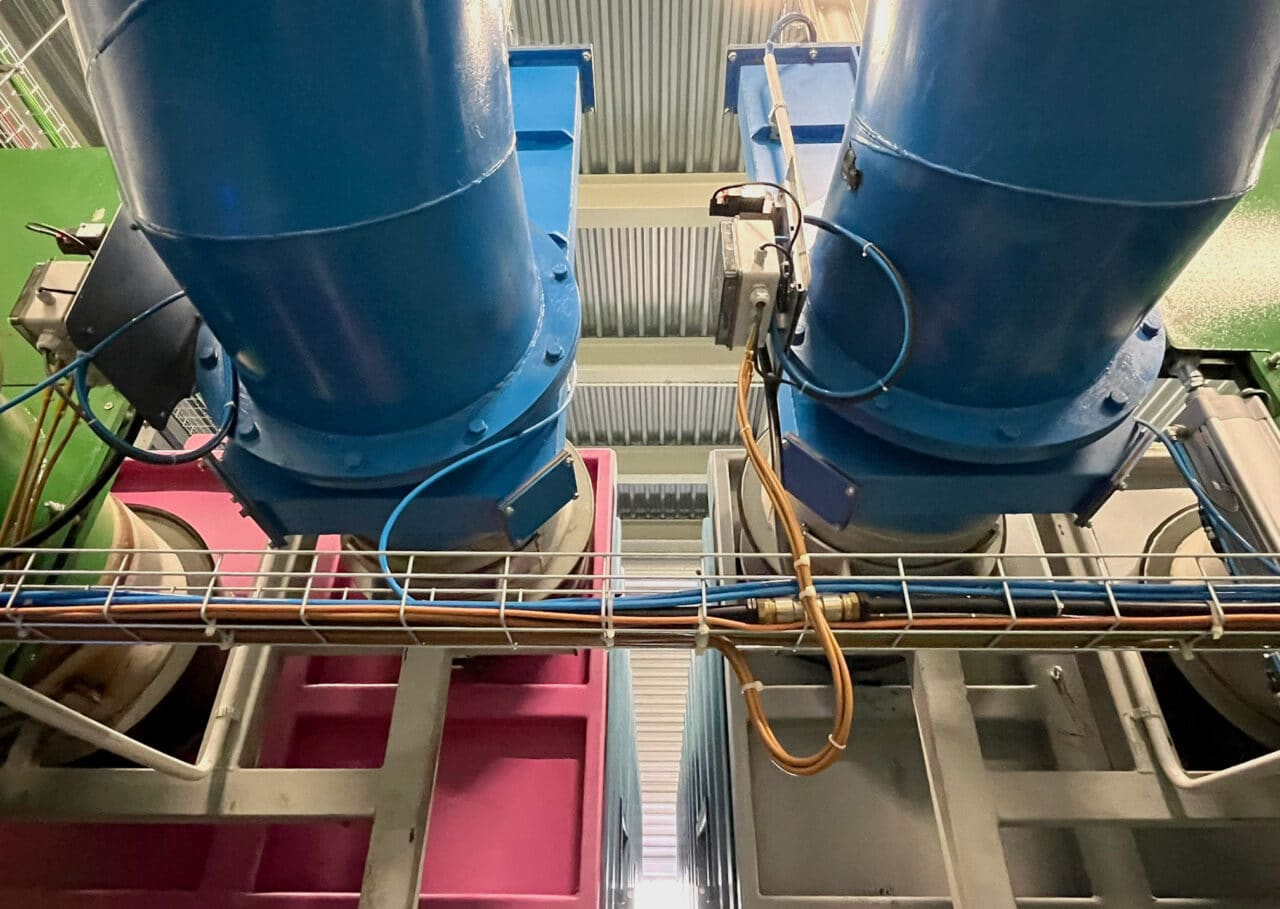
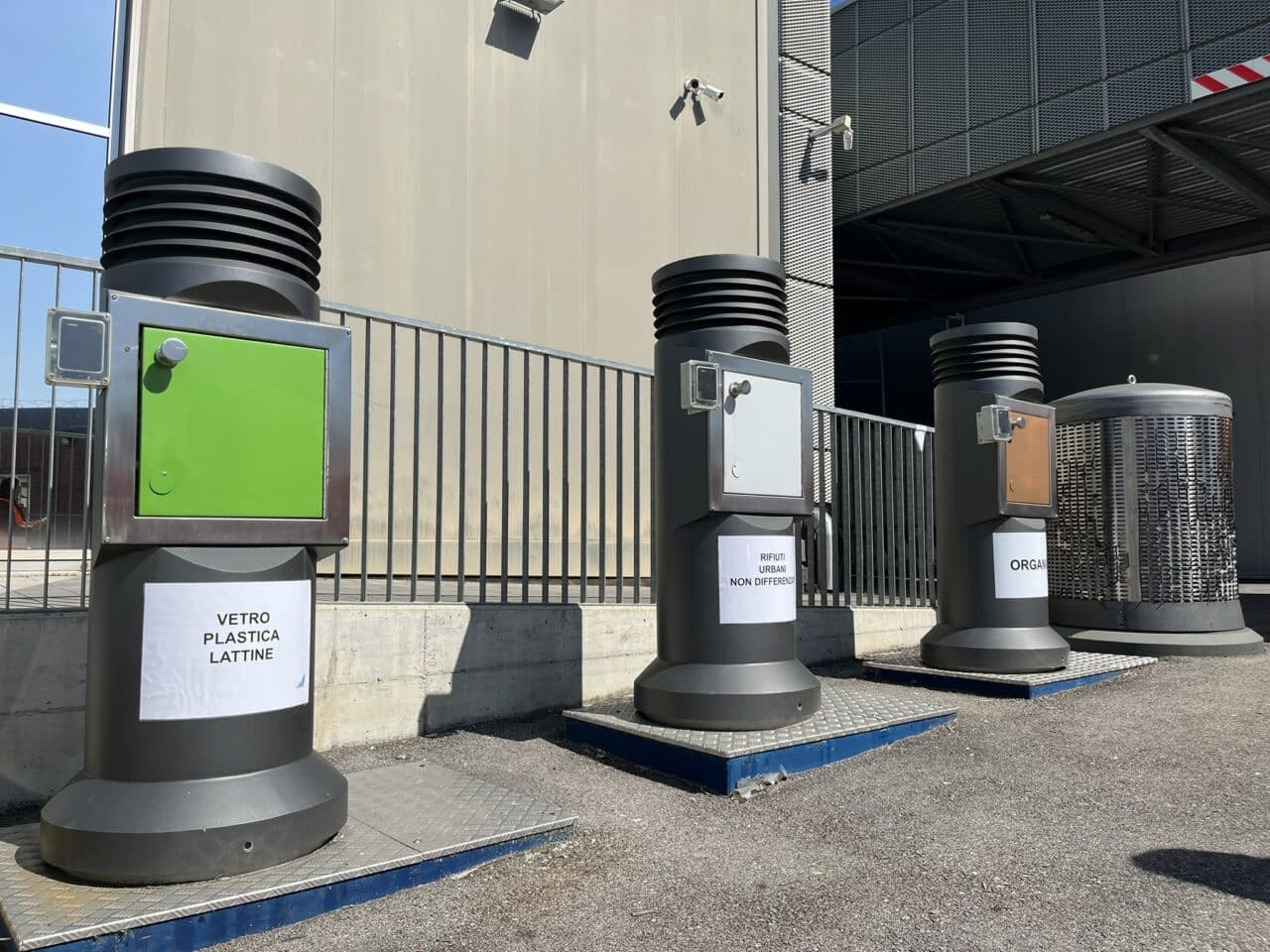
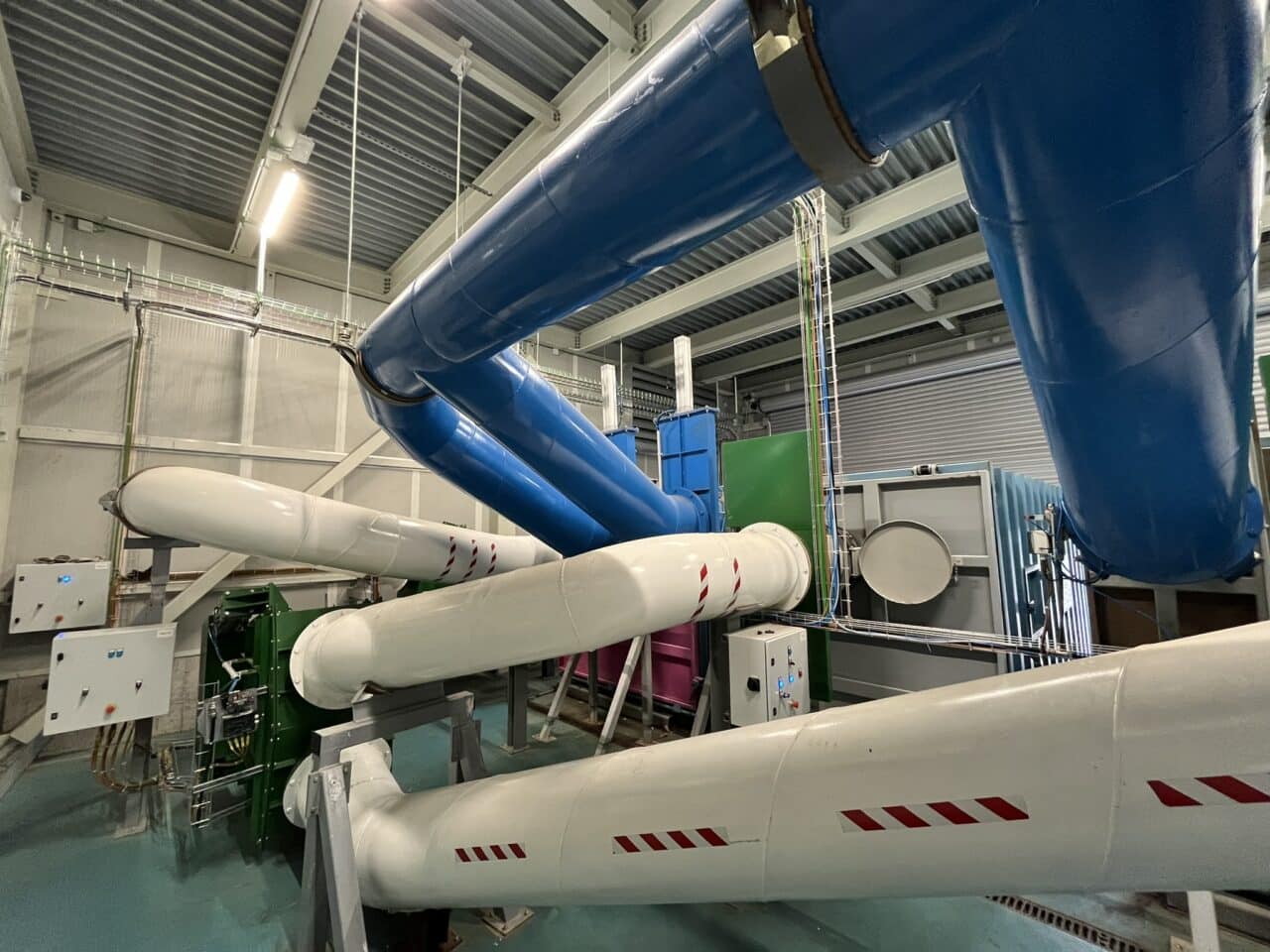
“With the launch of the Marco Polo airport system, Envac returns to the airport sector stronger and more technologically advanced than ever, offering Gruppo SAVE a robust, efficient and safe system that promotes the efficient use of resources, drastically reduces traffic and pollution, and contributes to carbon neutrality and the circular economy.”
Carlos Bernad
Presidente
Envac EMEA
The installation and commissioning of this first system is a major milestone for both entities, which are working closely together to shape the airport of the future and redefine the way waste is managed, not only for the current 30,000+ passengers per day, but also for the nearly 13 million passengers expected in 2026.
To see all our projects, click here.
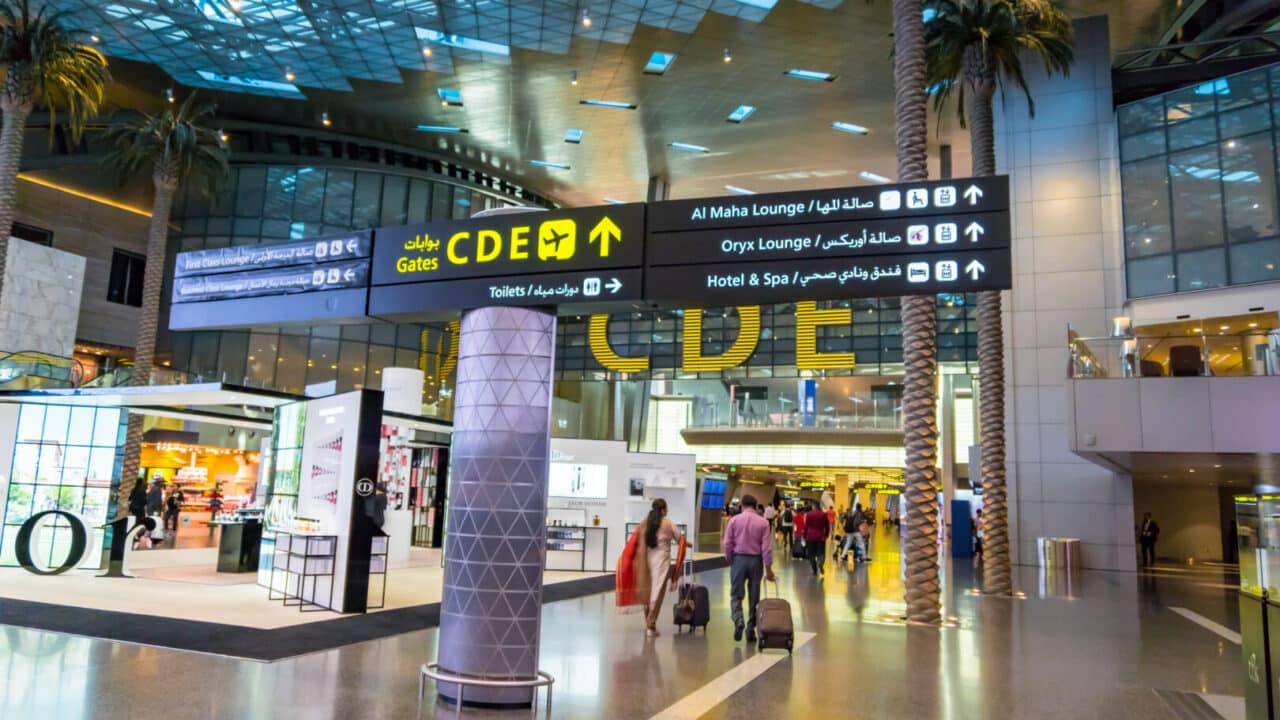
Airports Doha, Qatar
At Doha’s state-of-the-art Hamad International Airport, there are five pneumatic waste collection systems that gather kitchen waste from Qatar Airlines Flight Catering, and six systems that collect mixed waste generated within the terminal building. Envac designed, built, operates, and maintains all eleven systems.
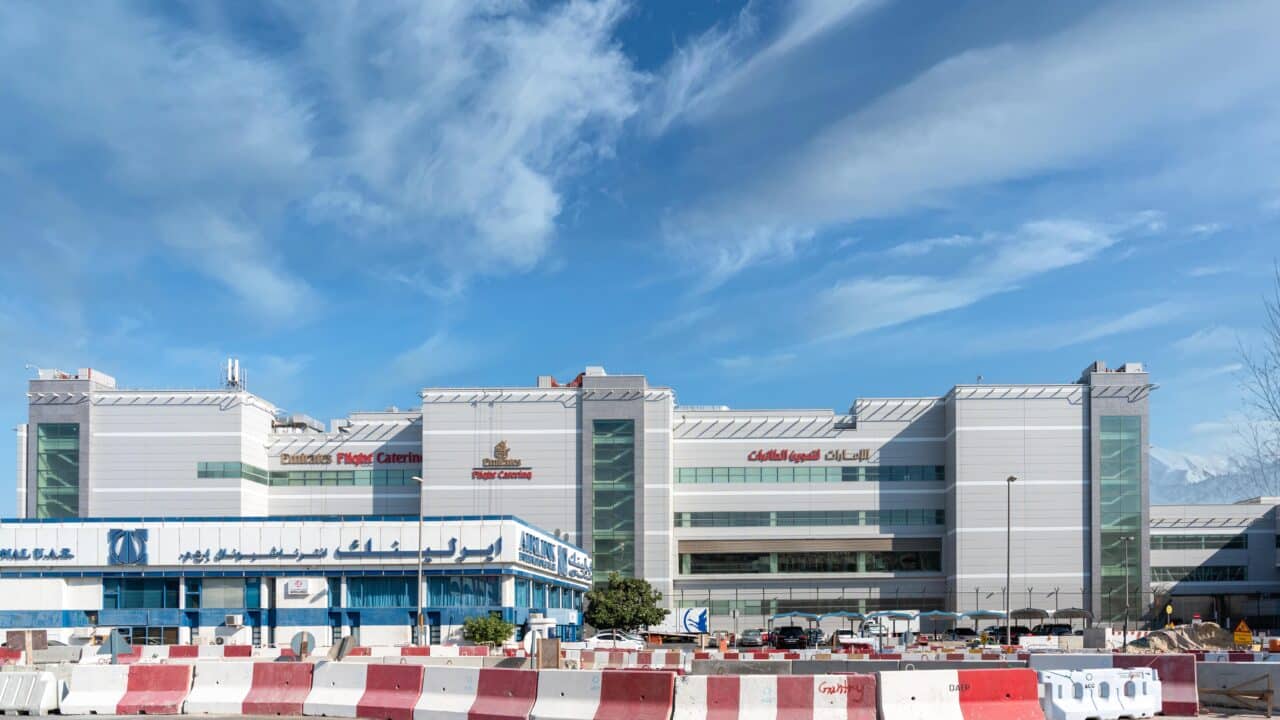
Airports Dubai, UAE
Hermetically sealed steel waste inlets throughout the kitchen’s preparation area, dishwashing area and cleaning areas are connected to Envac’s state-of-the-art pneumatic waste removal system eliminating the need for unhygienic manual waste handling.